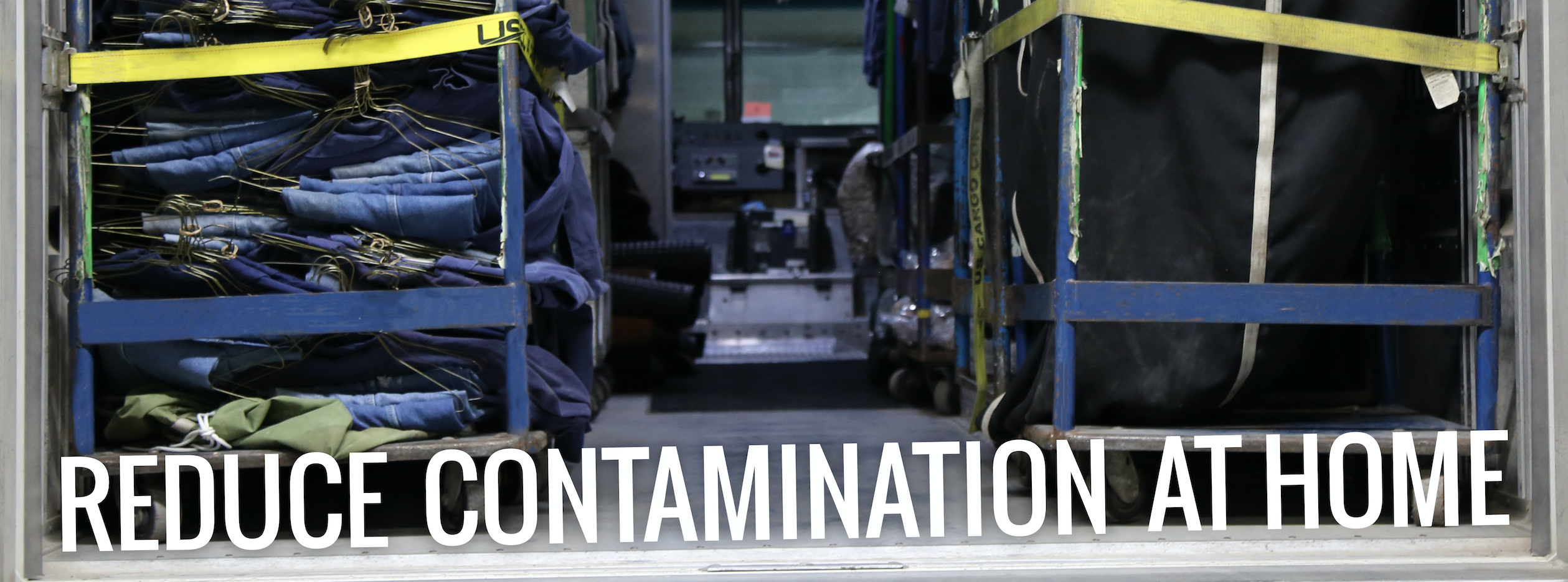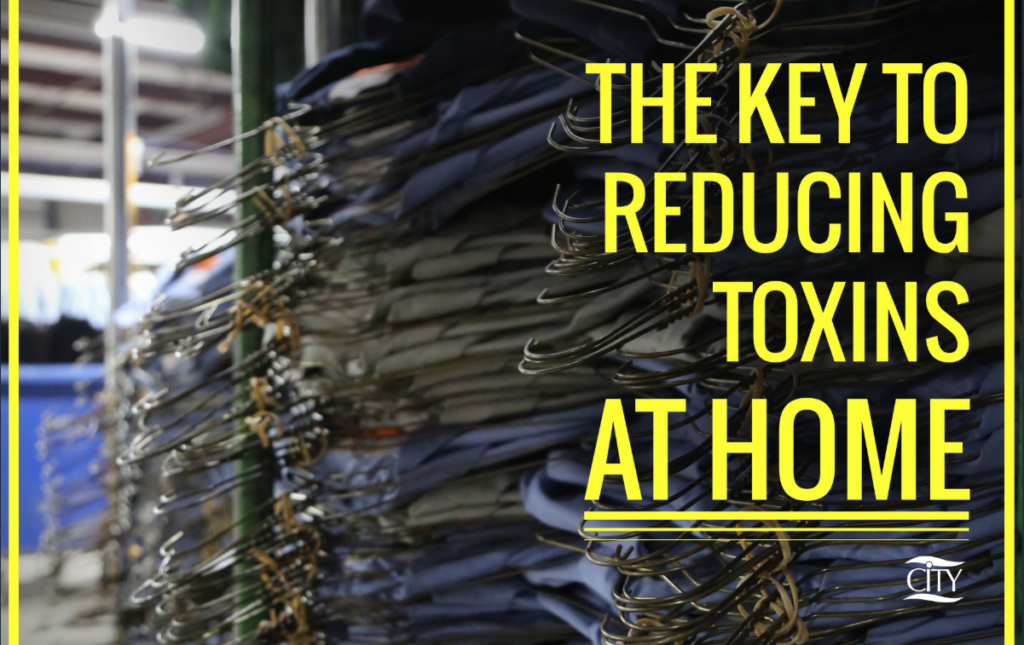Reduce Contamination at Home
Every day, workers can unknowingly carry hazardous substances home to their families and children. This is especially harmful because “people of all ages are being exposed to workplace hazards so potent that they can change cell structures, slow mental development and unleash life-threatening tumors.”
According to the National Institute for Occupational Health and Safety (NIOSH), many industries and occupations carry such substances home including those that do not separate the home from the workplace such as family farms. USA Today found the “risk cuts across dozens of industries,” from university labs and medical clinics to artists who work with ceramics.
NIOSH found reports of the following contaminants that cause ill health effects among workers and their families: beryllium, asbestos, lead, mercury, arsenic, cadmium, pesticides, caustic farm products, chlorinated hydrocarbons, estrogenic substances, asthmagens and allergens, fibrous glass, cyclothriethylenetriamine (RDX), and other infection agents (such as scabies and Q fever).
There are many ways in which these hazardous substances have reached workers’ homes.
- Work Clothing
Contaminated work clothes brought into the home are not only hazardous to the touch, but they also contaminate the household laundry and appliances.
- Tools and Equipment
Workers also poison family members by bringing home gloves, towels, and rags that are contaminated with harmful substances.
- The Worker’s Body
Not only do garments pose a threat, but also the workers own hands can pass threatening materials to their family members.
- Farming
Farmers dangerously bring pesticides and other harmful substances into the home every day, affecting the health of their family.
Many people believe that they can decontaminate their own home by using traditional cleaning methods and products; however, substances such as “lead, asbestos, pesticides, and beryllium are difficult to remove,” and these methods “usually do not succeed.” Furthermore, “family members who clean the home can raise their risks or spread the hazard. Laundry rooms where contaminated work clothes are washed can become toxic zones. Decontamination steps can be inadequate because small amounts of contaminants may linger on car seats, rugs, couches and other surfaces. Vacuuming up mercury can disperse the substance in the air, where it is more readily absorbed.”
Prevention is the best defense against bringing toxins into the home, NIOSH reported. These safe practices include:
- Use good safety practices to reduce exposure.
- Leave soiled uniforms and clothing at work.
- Change clothes before leaving work.
- Store non-work clothes away from work clothes.
- Shower before leaving work.
- Do not take tools, gloves, rags or similar items home.
- Use a uniform rental service that launders clothing, gloves, and rags for you.
- Prevent family members from visiting the work area.
“Taking toxins home is just a huge oversight and no one is recognizing it, but this is the kind of stuff we should be worrying about,” President Colin Wetlaufer said. “I think in twenty-to-thirty years, people are going to joke about how people once came home with hazardous stuff on their clothes.”
A uniform rental service is key to reducing take home toxins. When you partner with CITY, leaving your uniform at work to be picked up by a route service representative protects your family from dangerous and harmful substances.


Comments
Comments are closed.